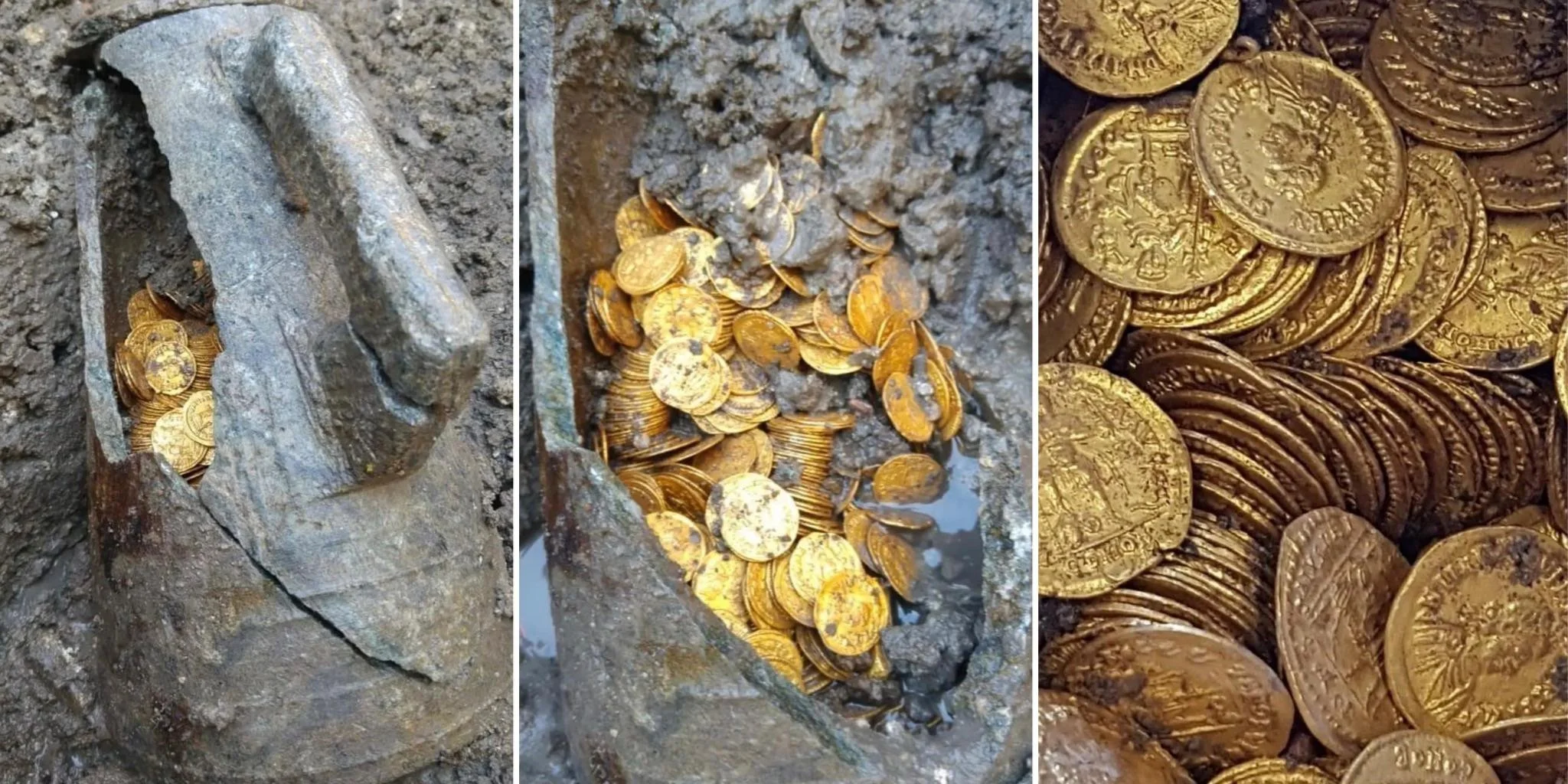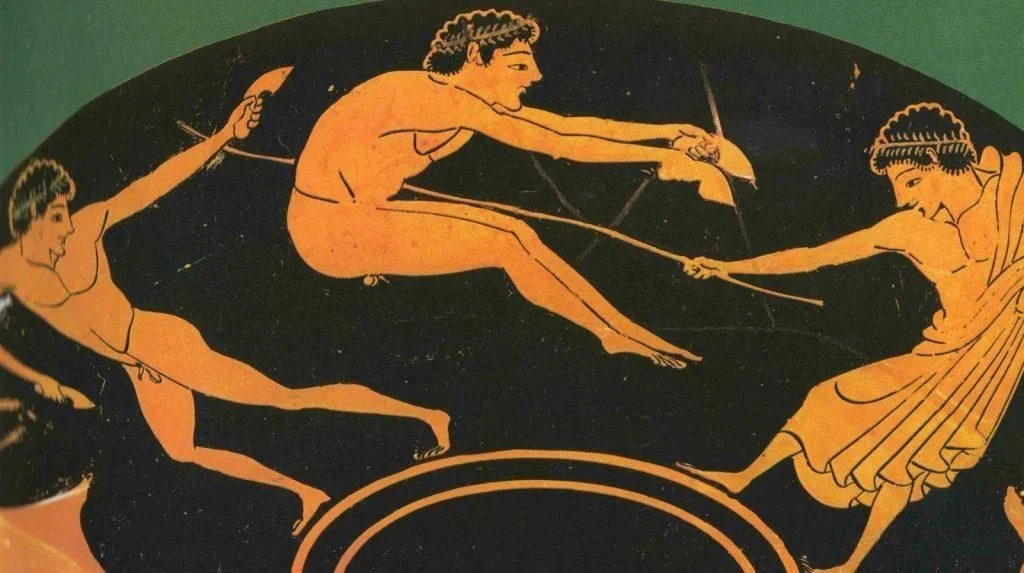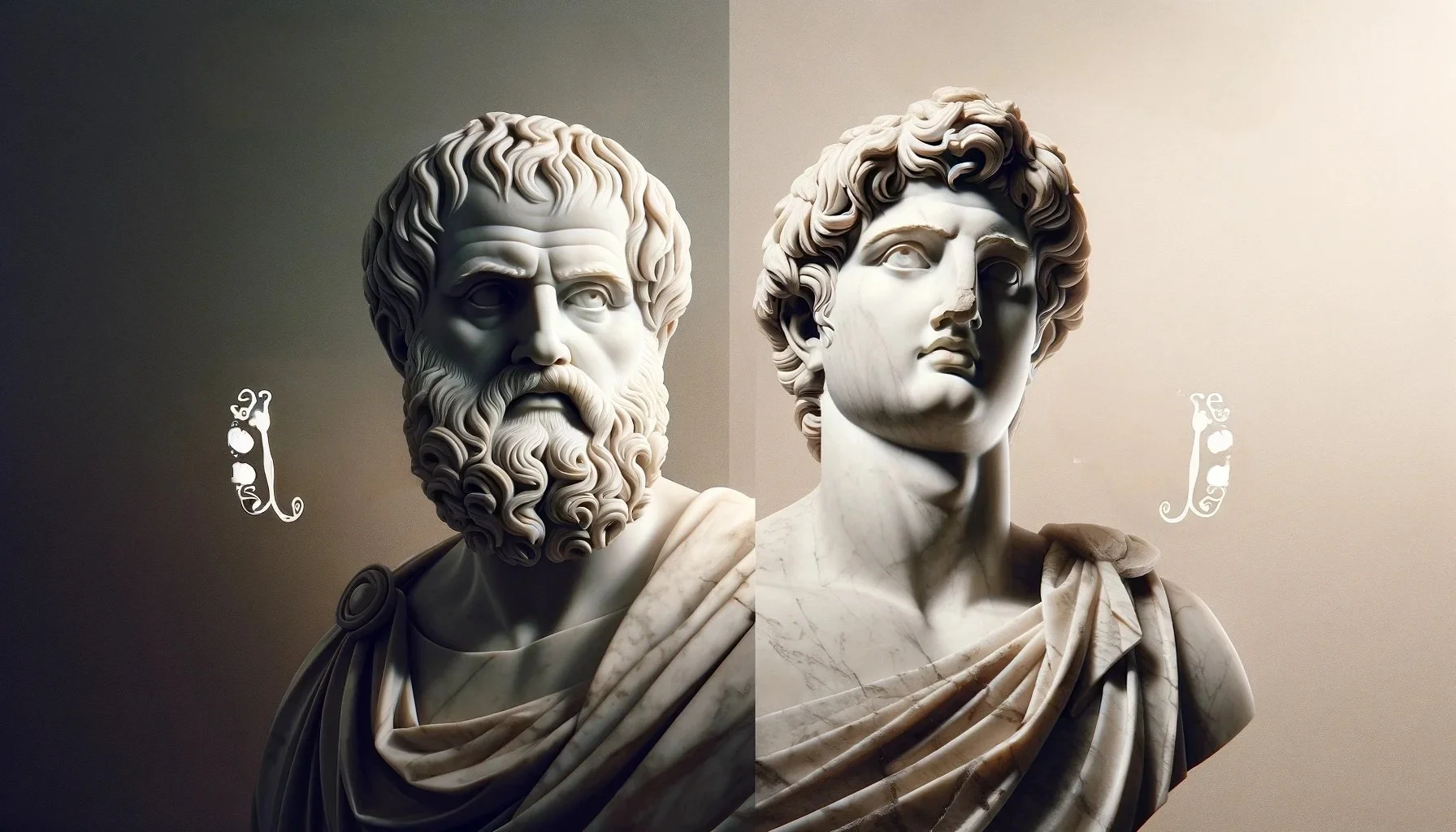Nowadays most people may think that skewered lamb and kokoretsi are a product of Christianity (from the Old Testament’s Exodus), but in reality the skewering of meat was a holiday custom in Ancient Greece.
The word “ovelias” (οβελίας) that we use when referring to the skewered lamb, comes from the ancient word “ovelos” (οβελός) which means spit, from which come the words “oveliskos” (οβελίσκος = obelisk) and “ovelistirio” (οβελιστήριο = rotisserie). The ancient Greeks used to cook whole lambs and goats on skewers, as well as smaller pieces of meat. These skewers were either made of wood or metal.
But apart from the skewered lamb, they also skewered kokoretsi, which was called “Mimakrys” (Μίμακρκυς) and “Plekti” (Πλεκτή). For its preparation, the intestines were marinated with vinegar, honey and water. Vinegar had an antiseptic role while dehydrating the intestine from the big amount of fats. The honey created a caramelized crust. In fact, the preparation process for kokoretsi is recorded in Homer's Iliad.
Finally, in addition to kokoretsi, they made other delicacies that contained intestines and their variations are preserved to this day. They used to make “gardoumio” (γαρδούμιο) which is today’s “gardoumpa” (γαρδούμπα) and “enystron” (ήνυστρον), which is today’s “patsas” (πατσάς = tripe soup).










